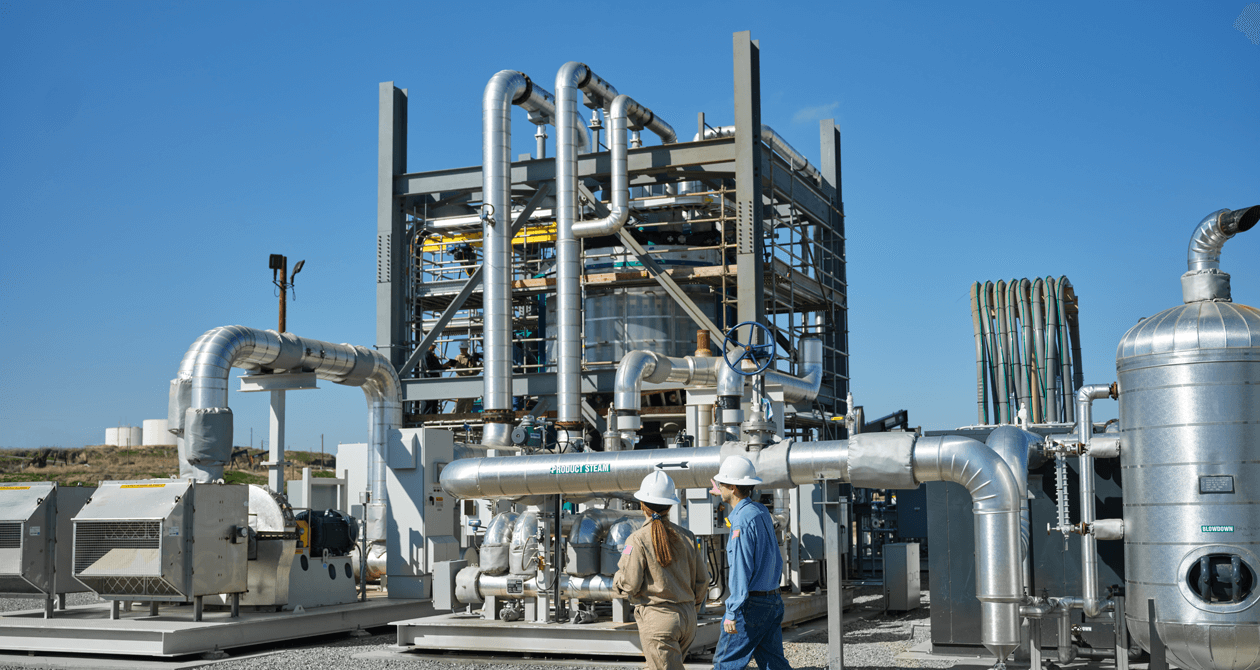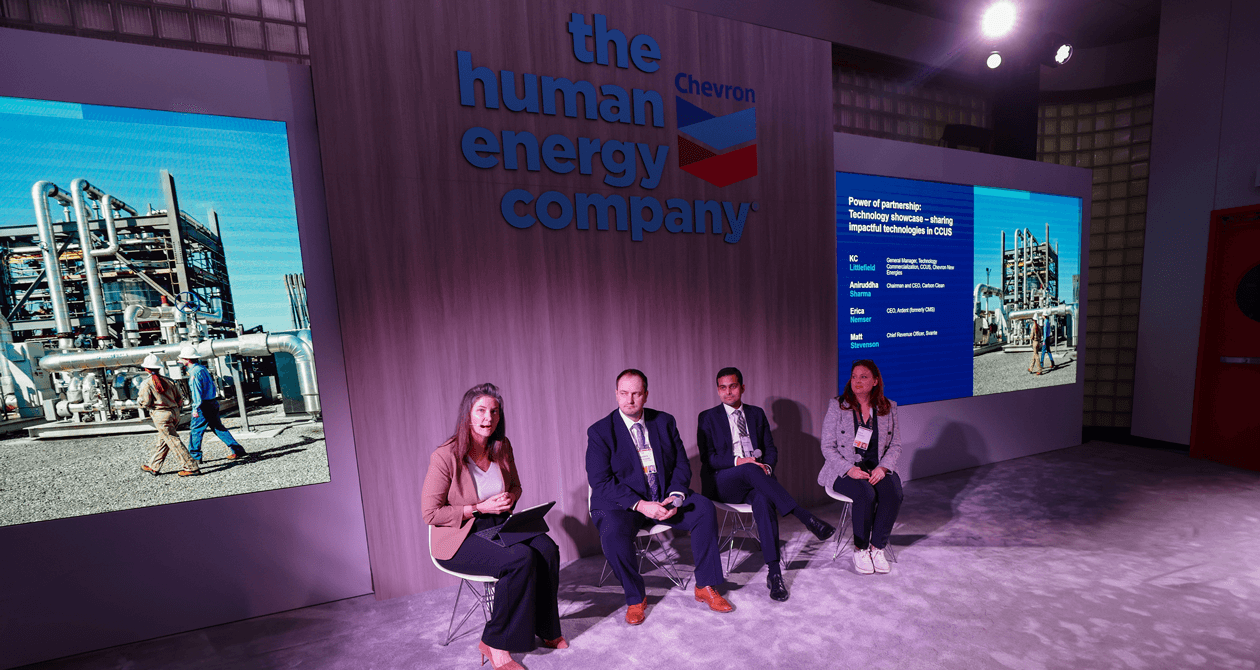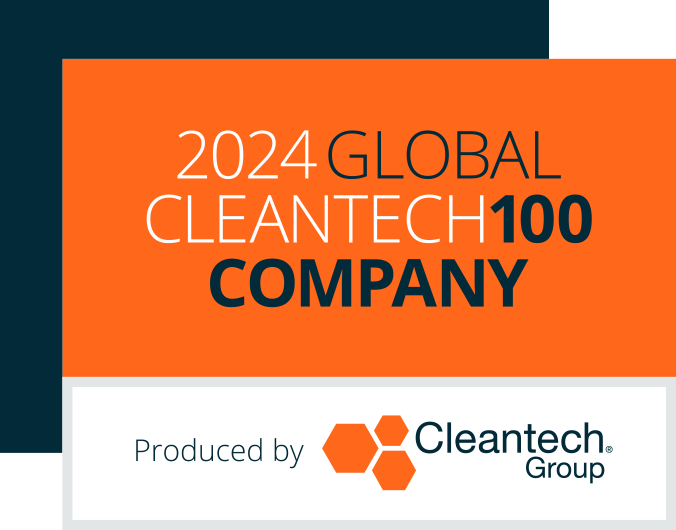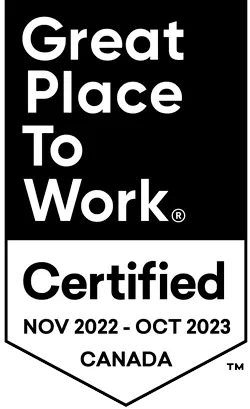Author: Claude Letourneau, President & CEO, Svante
The best-run businesses aim to create value in every part of their operations, including waste products. Farms convert agricultural residue into compost or animal feed, lumber mills turn sawdust into fuel pellets or fiberboard, and construction firms repurpose old concrete and asphalt into new building materials.
Today, all eyes are on one odorless, invisible waste product whose effects are nonetheless undeniable: CO2. Human activities pump out more than 36 billion metric tons of CO2 every year, according to the International Energy Agency (IEA). Mother Nature absorbs about half of this through plants, trees, and the oceans. That still leaves about 18 billion metric tons of CO2 a year accumulating in the atmosphere. That’s a staggering amount. But what if it were possible to transform that waste product into a lucrative asset?
We need an engineered solution for carbon management as we have for waste management—a way to collect, transport, and store or reuse the world’s excess carbon. As the world moves to decarbonize, power and industrial companies find themselves under increasing pressure to do more to mitigate their carbon footprint and lower the carbon intensity of products we all enjoy in our day-to-day lives. Carbon capture and removal, use, and storage (CCUS) has emerged as an important means to manage the emissions of carbon dioxide. Those adopting CCUS have had to solve three broad challenges: technology, deployment at scale, and monetization.
Making sustainability profitable
On the technology front, we’ve seen significant progress with advanced nano-engineered materials that can soak up large volumes of diluted (i.e., not useful) CO2 from industrial smokestacks or directly from the air, concentrating it to a useable purity of 95% (think of compacting your trash before it goes to a landfill). Meanwhile, deal structures for risk sharing, underwriting for infrastructure project finance, and project delivery are becoming more refined, enabling models that are scalable, repeatable, and profitable.
The third challenge of any CCUS strategy is monetization. Turning CO2 into a revenue-generating asset helps offset the cost of deploying a CCUS solution while reducing emissions. It also helps build a circular economy where carbon above the ground is transformed into an important input for other industrial products such as sustainable fuels and building materials. Realizing the value of captured CO2 is critical to delivering the return on investment that industry needs in order to embrace CCUS solutions with confidence in a sustainable way.
One challenge facing the monetization of carbon is the distinction currently made between biogenic and anthropogenic CO2. Biogenic emissions stem from natural sources like wood and plants. Because it represents carbon that was already in the above-ground ecosystem, it is preferred for circular reuse. By contrast, anthropogenic CO2—produced by fossil fuels or industrial processes—represents net-new carbon drawn out of the ground. Most captured anthropogenic CO2 will have to be safely sequestered. Since the average person is responsible for about 10 tons of CO2 a year, a mitigation cost of $150 per ton makes carbon management similar to the annual cost of managing household waste.
But no matter their source, CO2 molecules are identical and contribute equally to climate change. Monetization thus serves as a critical lever for both industry and policymakers to mitigate the environmental impact of carbon emissions while creating new revenue streams and economic opportunities.
Cracking the code on carbon monetization
Cracking the code of CO2 monetization will also require public education about the social cost of carbon and its effects on our day-to-day life. The social cost of CO2 is the economic damage caused by each additional ton of CO2 in the atmosphere. This accounts for things such as crop damage, losses from natural disasters, health impacts, and more caused by extreme weather.
The U.S. government has determined the social cost of CO2 emissions to be $190 per ton, and experts say that could reach $300 per ton in the next decade. This projected increase underscores the mounting price tag attached to climate inaction. As long as the cost of carbon mitigation is lower than the social cost, it makes sense to invest in carbon management. And once the government has set rules and pricing for carbon, industrial buyers will no longer bear the risk of the cost to implement CCUS.
Governments are uniquely able to address the gap between the true social cost of carbon and what companies have to pay today to freely emit. Emitting carbon is like using a credit card—sooner or later, the bill must be paid. Failure to act now means it will only be more expensive to act in the future.

Being “Carbon Smart”
We may be in the early days of the carbon management market, but it’s clear we are making progress. Progress on all three fronts—technology, deployment at scale, and monetization—is contributing to a surge of investment in the carbon management industry that is driving what is expected to be a more than sixfold increase in carbon capture capacity by 2030, according to the IEA.
We will eventually move from the business-to-government model, which is needed to de-risk the initial cost of building the infrastructure, to a business-to-business model where a “Carbon Smart” industrial carbon pricing system will spur an efficient carbon market that generates revenue from carbon intensity along the supply value chain.
At Svante, our super-efficient filters are already being manufactured and deployed at scale, representing the cutting edge of carbon capture and removal technology. Beyond the technology, we work with our customers to uncover revenue models that will pay for carbon. We have the relationships, experience, and expertise to help industrial businesses turn their trapped carbon emissions into an asset.
Achieving this requires multiple stakeholders and partners that understand all aspects of the carbon-management economy. These collaborations will help crack the code for the monetization of CO2, addressing one of the key challenges for industries looking for the right carbon management solution.








